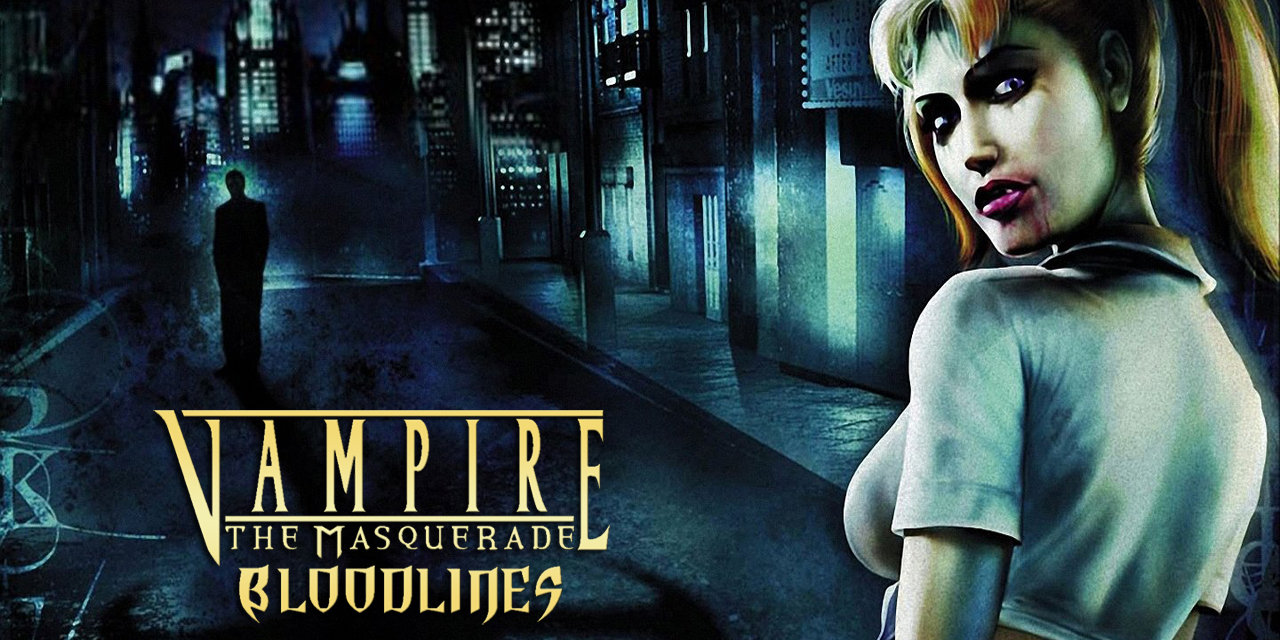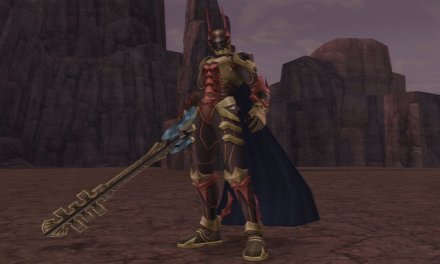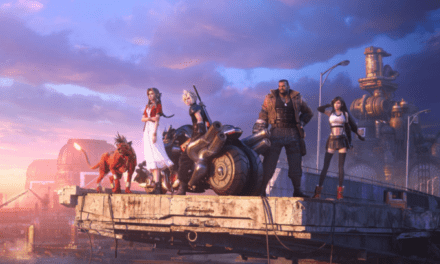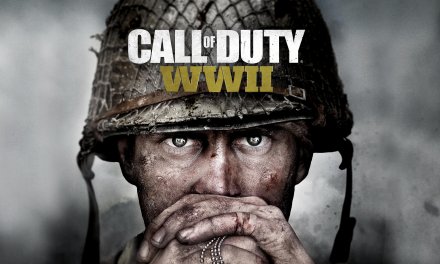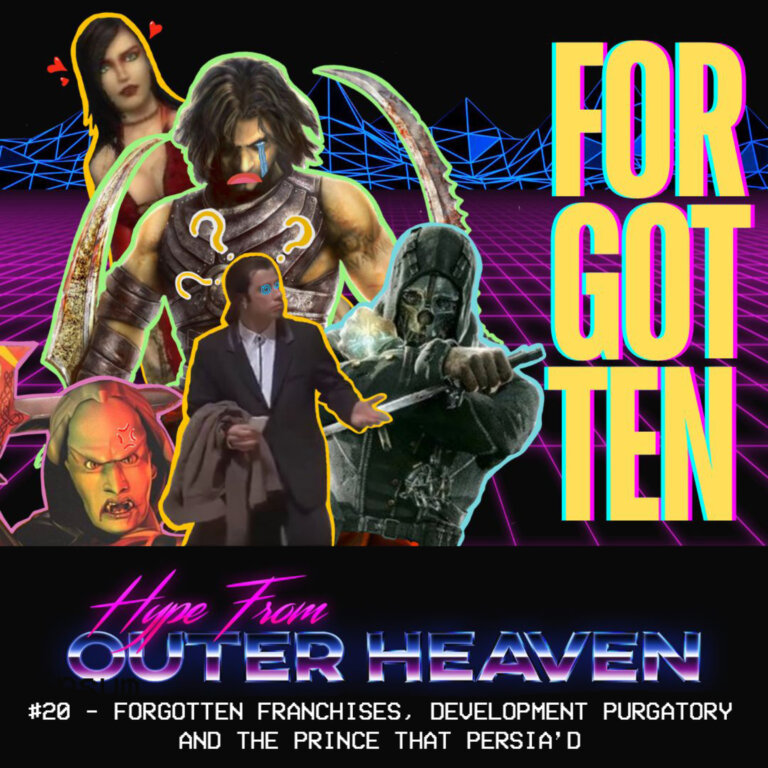“The Sabbat are worthless, man. Fake tits on a zombie worthless. Fun to watch though. Like the Three Stooges with chainsaws.” – Smiling Jack
Being the swan song of Troika Games when it released in 2004, Vampire The Masquerade: Bloodlines was met with a somewhat mixed critical reception, being dubbed by many as a ‘flawed masterpiece’. While the game was praised for the scope of its writing and the degree of choice afforded to the player, the game’s plethora of bugs lead to poor sales in the months following release, which was the beginning of the end for Troika Games, forcing them to lay off staff and eventually close their doors for good in February 2005. Despite its technical shortcomings however, the game went on to gain a colossal cult following with both fans of the original tabletop RPG and it’s video game equivalents alike, receiving community support in the form of unofficial patches (which are still being updated to this day) for many of the game’s issues, as well as adding cut-content back into the title. With Vampire: The Masquerade – Bloodlines 2 on the horizon (if we ever get a confirmed release date) I decided to go back and take an in-depth look at the classic RPG and find out what made it tick, the lore behind the game, the unfortunate events that took place surrounding it’s development and why the title was ahead of its time when it released in 2004; stick around folks, this will be one to sink your teeth into!
While zombies have become a caricature of their own making due to over-saturation, most modern-day depictions of vampires are the stuff of one’s nightmares (not the fun kind) and are enough to make Bram Stoker turn in his grave several times over. From Twilight to the Vampire Diaries, the modern vampire has fallen victim to the pressures of the selfie generation, ditching the confines of the nightmarish creature found in slavic folklore, in favour of sparkling in direct sunlight like the love child of a suit worn by Elton John and a disco ball. While there have been some solid attempts at making vampires scary again over the last twenty years (see David Slade’s 30 Days of Night as a stellar example) the ‘Nu-Vampire’ if you will, deals more with the human side of the creature, being presented through the lens of teenage romance in place of horror, where the creature has lost its ‘bite’ in every sense of the word. While the stellar foundations of Bela Lugosi and Christopher Lee are the product of the classical stylings of the Golden Age of Hollywood, the tonal shift of the vampire out of horror and into teenage romance can be directly attributed to the response of its modern day audience, especially following the blowout success of Stephanie Meyer’s Twilight novelseries (including the film adaptations) and the subsequent portrayal of the creature as beautiful and misunderstood, in place of a bloodthirsty killer without conscience.
Even though the ‘Mills & Boon’ vampire is the most garden-variety example of the creature in contemporary media over the last decade, there have been examples of the ‘beautiful’ vampire done right, holding true to its stylistic origins while also attempting to present the creature outside of the confines of 1890’s Transylvania. The strongest example of this is by far Anne Rice’s The Vampire Chronicles, which showcased vampires that were just as alluring as they were horrifying. It all began with Rice’s 1976 quintessential novel: Interview with the Vampire (later adapted into a film of the same name by Neil Jordan in 1994) which is a first person accounting of the 200 years of ‘undeath’ experienced by Louis de Pointe du Lac, as well as his dealings with the vampire (and Louis’ Sire) called Lestat de Lioncourt. The vampires in Anne Rice’s novels are often described by the writer as a “metaphor for lost souls”, being creatures of both heightened beauty and emotion, clinging to the very thing that once made them human while simultaneously being cold and ruthless killers. One of the biggest sources of inspiration for Rice’s vampires was her daughter’s battle with Leukaemia which culminated in her death in 1973 (who would also become the primary influence behind the character Claudia). Rice’s vampires are vicious, consumptive diseases, which when they interact with other life, consume it utterly. While this also bleeds into the well documented sexualisation of Rice’s vampires and how they seem to envelop themselves in companionship, the author never shied away from the brutal nature of the creatures, as well as the horror they inflict on other species, acting as an indirect metaphor for the nightmarish symptoms of her daughter’s passing.
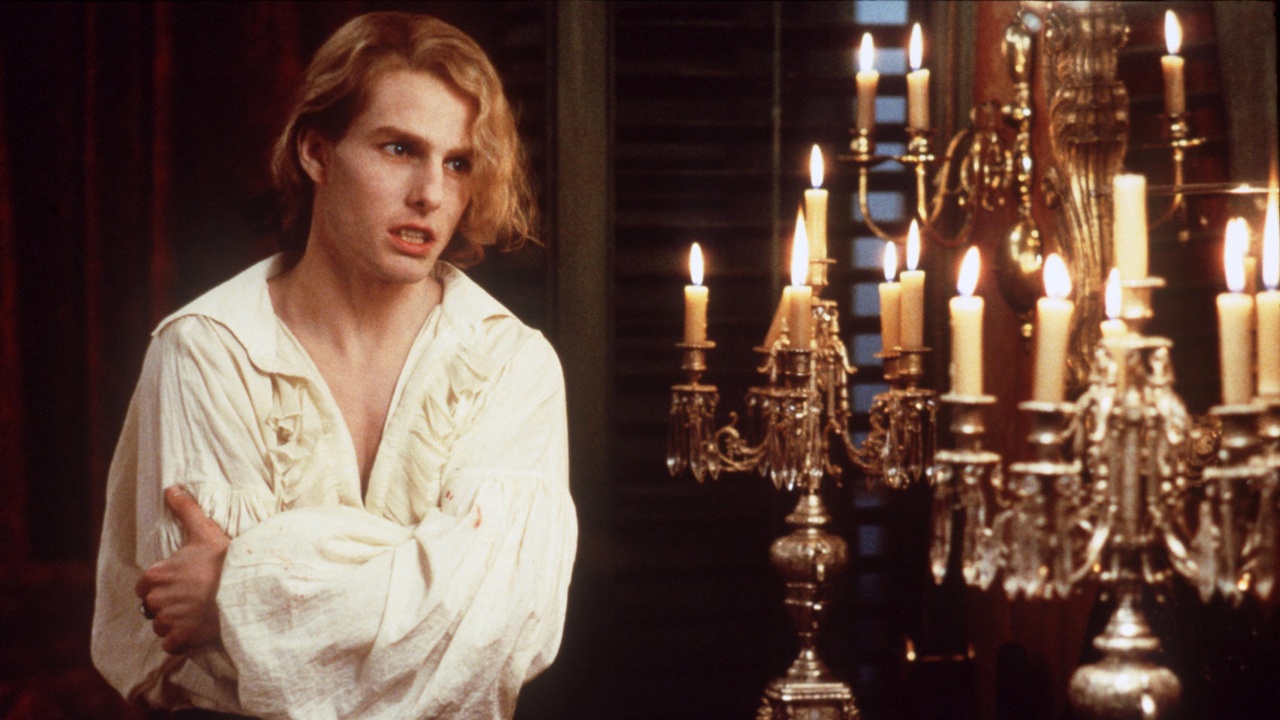
Outside of literature and cinema, vampires have had a fairly successful run in other areas of contemporary media such as video games, comic books, and even old school ‘pen-and-paper’ RPG’s; the latter of which is home to one of the most popular games of its kind, Mark Rein-Hagen’s 1991 classic tabletop:Vampire: The Masquerade, which takes place within White Wolf Publishing’s World of Darkness universe, which still has one of the largest cult followings to this day (having undergone it’s fifth major revision as of 2018). Being a table-top RPG, having strong lore foundations is the very catalyst that allows the gaming medium to work, and Vampire: The Masquerade is no stranger to this, boasting the same level of narrative depth found within Anne Rice’s Vampire Chronicles and then some. Vampire: The Masquerade, boasts several different clans (that all have their own distinct powers and genealogy) known collectively as ‘Cainites’, who are direct descendants of Cain (the biblical figure) who was cursed with vampirism by God and his angels following the murder of his brother: Abel. A number of the vampire clans in VTM abide by a set of rules known as the Masquerade; a heavily enforced set of tenets that forbid vampires from revealing anything from the supernatural realm, governed primarily by a ruling vampire sect known as the Camarilla. Each city (at least on the east coast) is governed by a Prince, who acts as the leadership over the domain, enforcing the Masquerade, giving rights to sire a new vampire, and issuing Final Death should the situation call for it. The Prince will have a circle of advisors known as the Primogen, who are made up of representatives from each of the Camarilla’s seven established clans (6 as of the fifth revision) and whose power depends on the power of the representatives who make it up, sometimes managing all affairs of a particular domain.
The lore that comprises Vampire: The Masquerade is vast, so it should come as no surprise that the universe extends beyond the ‘pen-and-paper’ RPG, so much though that it spawned two video game titles that brought the franchise to a much wider audience: Vampire: The Masquerade – Redemption (2000) and it’s indirect sequel: Vampire: The Masquerade – Bloodlines (2004). Redemption is the least well known of the two, being a bit of a mixed bag upon release, but manged to get some serious praise for it’s graphical design (hailed by many as the best looking RPG on PC at the time) albeit a very ambivalent response to it’s narrative, with some claiming it to be one of the richest narrative experience outside of novels or film, and others citing it to be a linear jumbled mess with far too much filler. Despite the game’s mixed reception, it was successful enough for Activision to fund a sequel, taking away the creative reigns from Nihilistic Software and into the hands of Troika Games, who were primarily known for their work on steampunk-esque RPG: Arcanum: Of Steamworks and Magick Obscura (2001). Troika’s 32-person team began work on the sequel: Bloodlines in November 2001, with lead writer: Brian Mitsoda joining less than a year into the game’s development. While many of the game’s plot elements existed prior to his input, Mitsoda’s involvement is what grounded VTMB within the World of Darkness, acting as the glue that brought everything together. Troika’s primary influence for the game’s story was White Wolf’s Time of Judgement novels (which surround the vampire apocalypse known as Gehenna) while also including direct aspects from the White Wolf game, such as the character Smiling Jack (who is heavily hinted at being the historical figure and pirate: Edward ‘Blackbeard’ Thatch in both Bloodlines and the 1994 sourcebook: Los Angeles by Night) leading the game’s story to be accepted into the mainstream canon by White Wolf Publishing. Mitsoda was primarily responsible for the writing of the game’s characters and quests, and how they interacted with the overarching narrative; boasting unique personalities with their own in-depth backstories, rather than acting as simple quest posts, which was relatively unseen in video games in 2004.
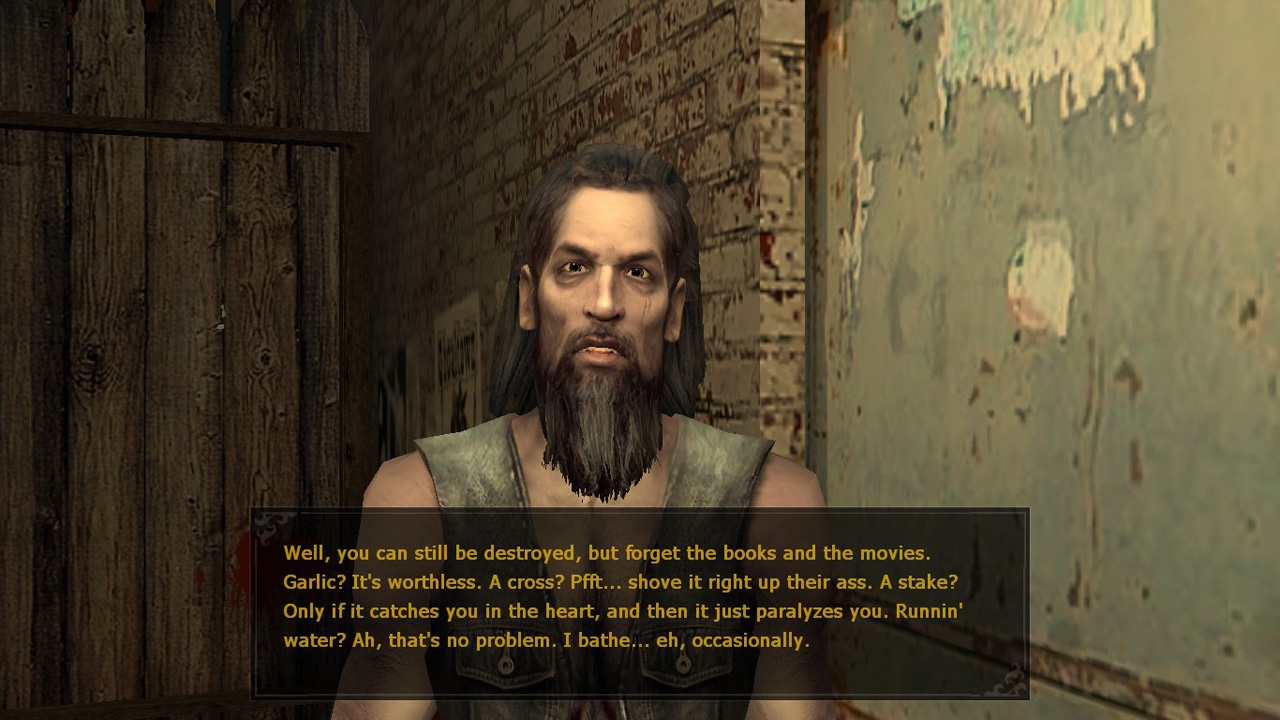
Troika used Valve’s proprietary Source engine for the development of Bloodlines, with them being the first external team outside of Valve to use the engine. The team’s experience was somewhat problematic however, as it was still in development for Half-Life 2 at the time, leading them no other option than to develop their own in-house code to patch the limitations of the in-progress engine during development, albeit with limited success. The game’s initial scope eventually far outweighed the resources allocated by Activision to Troika, falling into what could only be described as development purgatory. Following three years of slow progress, Activision stepped in to impose a series of deadlines that would ensure Troika would have enough time to complete and test the game before launch; however, following multiple extensions and the game inevitably running over budget, Activision issued an ultimatum to the team, demanding the game be completed within the next few months upon an agreed deadline. After further rushed development and with only 3 weeks of testing, Troika delivered a version of Bloodlines that Activision deemed suitable for retail release in September 2004 (clear hint, it wasn’t) but was contractually bound by Valve to not release the game until Half-Life 2 was released, giving Troika a few more scrambled weeks to get the game into a somewhat playable state, with the team knowing full well the game was far from finished.
Vampire: The Masquerade – Bloodlines eventually launched on November 16th 2004 (which was ultimately forced by Activision) on the same day as heavy hitters: Half-Life 2 and Metal Gear Solid 3: Snake Eater; and while critics initially praised the scope of the game’s writing, the degree of choice afforded to the player as well as it’s audio and art design, the game was effectively written off as technically problematic and broken at launch, due to amount of bugs that managed to ship with the ‘finished’ product. The game’s plethora of game breaking bugs only exasperated Troika’s problems, leading to poor initial sales (72,000 copies which was far lower than the team’s previous projects) forcing them to lay off two thirds of the development team within weeks following the game’s release. The remaining staff were tasked with patching up Bloodlines as well as coming up with concepts to secure future projects, but it was to no avail as the damage to the company’s reputation as a developer was already done. By early 2005, it was clear Troika had failed to secure any future funding from Activision and other publishers, and the situation was looking bleaker with each passing day, with rumours of the impending closure of the company looming in the not so distant future. On the 24th February 2005 it was confirmed, with former Joint-CEO and Founder of Troika Games: Leon Boyarsky announced in an email that the studio had: “laid off all of its employees and is closing its doors due to our inability to secure funding for future projects.” going on to thank the studio’s fans stating that: “It has really meant a lot to us that there were people out there who enjoyed our games enough to create fan-sites and follow our progress as a company.”. The closure of Troika Games was unfortunately something that has become far too common in the games industry in the modern age. With the boom of big-budget AAA games and the stresses on young studios striving to perform financially, poisonous publishers like Activision and EA have a documented history of closing down both small to medium sized development studios (Prototype developer: Radical Entertainment is one such example) for the sake of either financial gain or seemingly batshit crazy reasons, leading to them to become infamous for the questionable practice.
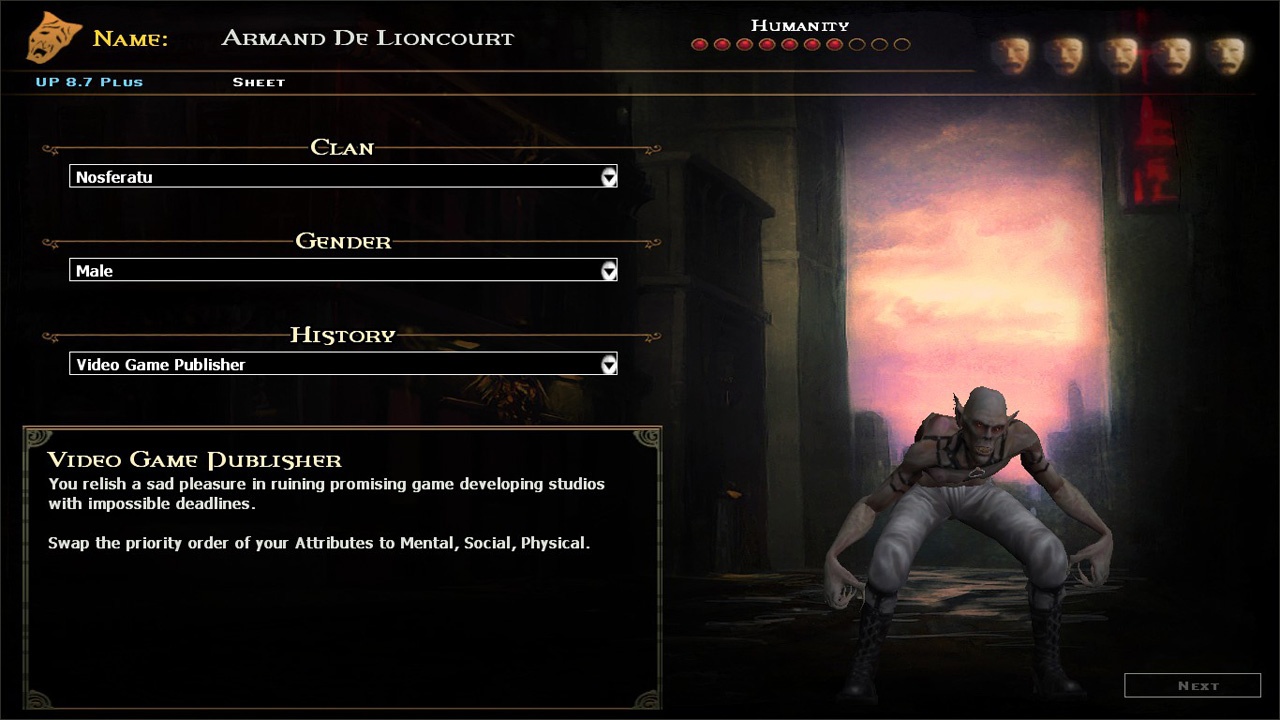
Despite Troika’s demise and the initial mixed reception to Bloodlines, the game has managed to endure, going on to sell 492,000 digital copies following the release of the game on Steam in 2007 as well as developing a collosal cult following, which eventually grew into a collective effort of not only fixing the game, but bringing parts of Troika’s original vision to life by restoring cut content to the game through the various versions of the Unofficial Patch that have released over the years, with the most recent version (version 10.7) marking over 15 years of unofficial post-release support for Bloodlines. Leon Boyarsky has also expressed his support for the Unofficial Patch project in an interview with website pcgamesn.com in December 2017 stating: “I think it’s great… they’ve found the stuff that we hoped people would find about the game, in terms of the different paths you can take and how it played differently for every class. I feel we were very successful in capturing the mood of the World of Darkness, the whole Vampire thing.”. Boyarsky was correct in his assessment, as Vampire: The Masquerade – Bloodlines has a legacy that is unmatched by most IP’s out there, and with the sequel Bloodlines 2 and all new title: Swansong in sight for a 2021 release, it’s understandable that it’s got people talking about the World of Darkness again.

